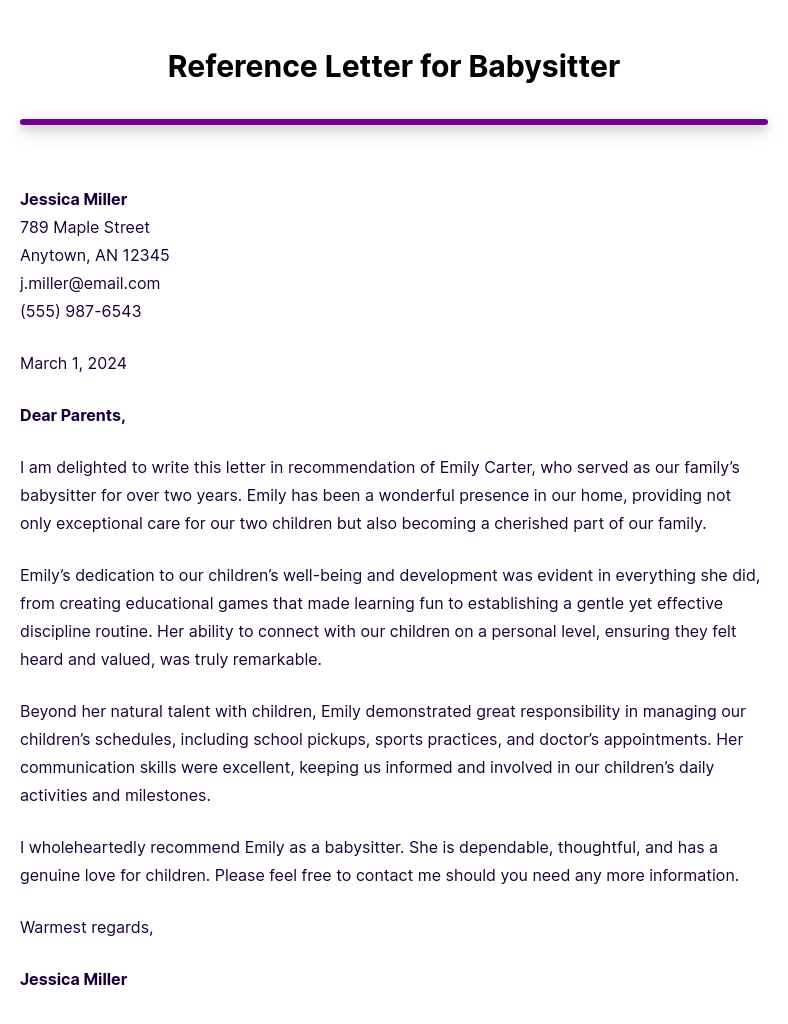Title Page
Report Title: Urban Public Safety Evaluation Report
Date: February 25, 2025
Location: City Center District
Prepared By: Samuel Thompson, Public Safety Officer
Executive Summary
This report evaluates the current state of public safety within the City Center District, identifying key risks and vulnerabilities faced by residents and visitors. It provides a detailed analysis of crime statistics, emergency response effectiveness, and public perception of safety, offering comprehensive recommendations to enhance security and well-being in the area.
Introduction
The aim of this report is to conduct a thorough assessment of public safety in the City Center District, driven by rising concerns over increased crime rates and inadequate emergency services. The findings are intended to guide local government and law enforcement agencies in implementing targeted improvements.
Incident Details
- Evaluation Period: January 2024 – December 2024
- Location Reviewed: City Center District, encompassing residential areas, business hubs, and public parks
- Type of Evaluation: Annual Public Safety Review
Incident Description
The evaluation involved data collection from police reports, emergency service logs, and community surveys. Key issues identified include a high incidence of petty theft, occasional violent crimes, and delayed emergency response times in certain areas.
Cause Analysis
Contributing factors to the safety challenges in the district include:
- High population density leading to strained law enforcement resources.
- Insufficient lighting and security infrastructure in several key areas.
- Public perception of safety negatively impacted by visible homelessness and substance abuse.
Impact Assessment
The ongoing public safety issues have contributed to a decline in business activity in the area, reduced property values, and a general sense of unease among the district’s residents, impacting the overall quality of life.
Recommendations
- Increase police patrols in high-crime areas to deter criminal activities.
- Improve street lighting and install security cameras in strategic locations.
- Enhance emergency service capabilities by upgrading communication technology and increasing staffing during peak hours.
- Implement community outreach programs to improve relations between law enforcement and local communities.
Appendices
Appendix A: Crime Statistics Report
Appendix B: Maps of Problematic Areas
Appendix C: Summary of Community Feedback on Public Safety
Approval
Signature:
Name: Lisa Warwick, District Manager
Date: March 1, 2025



































